An eating plan trending ahead
With so many diet plans to choose from – vegetarian, vegan, Mediterranean – one may easily feel overwhelmed! At the same time, according to MedPage Today, the flexitarian diet stands out as the top plant-based diet for 2024. Curious why? The flexitarian diet, a semi-vegetarian approach, offers flexibility by combining plant-based eating with occasional meat or fish consumption. This plan emphasizes non-meat proteins like beans, peas, while allowing eggs and dairy and encouraging a diet rich in fruits, vegetables, whole grains, dairy, and various seasonings. To top it off, followers are advised to opt for the least processed, most natural foods and to limit sugar and sweets.
Recent reports from Statista reveal that Kenya leads the world in flexitarianism, with 36 percent of its citizens following this flexible diet, closely followed by Vietnam at 34 percent. The beauty of the flexitarian diet lies in its offering the benefits of vegetarianism while allowing occasional indulgences like a burger or steak. Combining the best of both worlds, registered dietician Dawn Jackson Blatner coined the term “flexitarian” over a decade ago. In her 2010 book, “A Comprehensive Guide To Starting The Flexitarian Lifestyle,” Blatner emphasizes, “Eat more plants and handle it flexible instead of strict.” She clarifies that this as a lifestyle in contrast to a traditional diet.
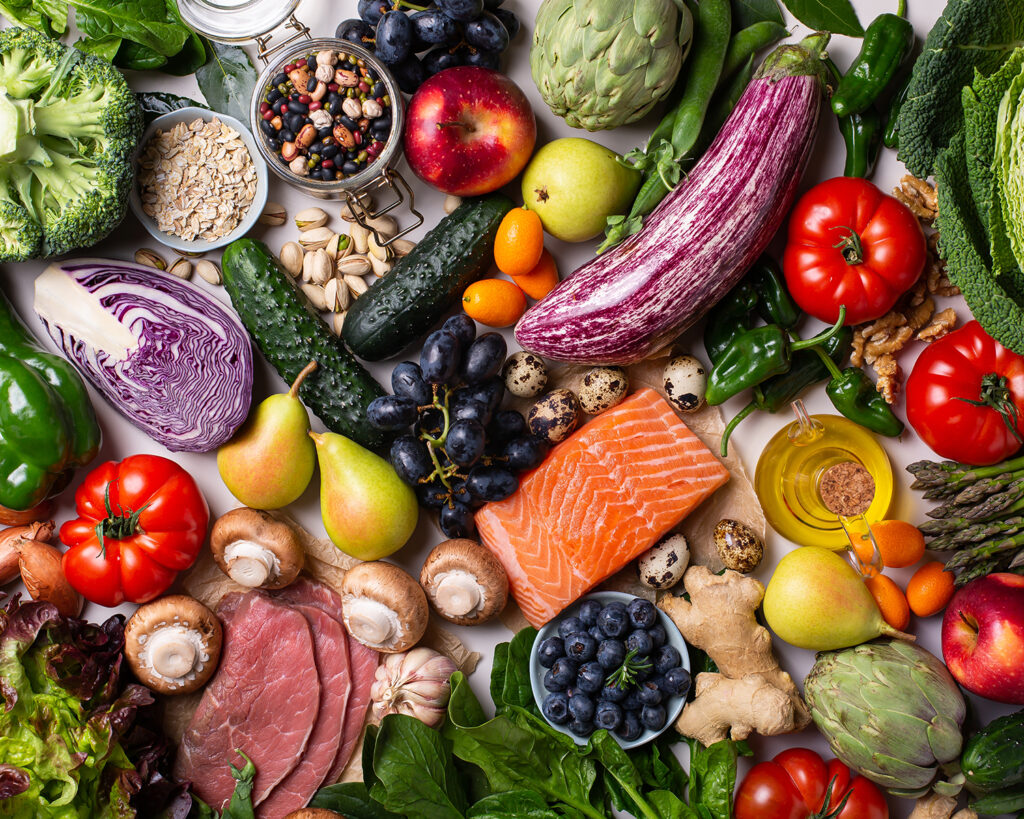
Long-term benefits for you and the planet
Wondering if you can consider this plan flexible for families? Compared to other fad diets, flexitarian eating can be considered family-friendly, as the food options include healthy and balanced foods for all ages. Generally, you can easily shop for ingredients and recipes as foods for this diet usually include easy-to-find and standard items. The plan encourages moderate consumption of healthy fats, like olive oil, and discourages saturated fats, with less than 30 percent of calories coming from fat.
The Institute of Food Science and Human Nutrition in Germany recently conducted a study involving 94 young to middle-aged German adults (ages 25-45). These participants got tracked for their eating habits over one year. All participants were healthy nonsmokers with a normal BMI. Among them, 32 followed a flexitarian diet and ate less than 50 grams of meat products daily. The 29 omnivores among them consumed more than 170 grams of meat per day. And 33 ate vegan food only.
The study revealed that flexitarians and vegans showed more beneficial insulin levels, triglycerides, total cholesterol, and LDL cholesterol than omnivores. Surprisingly, flexitarians achieved better metabolic syndrome results and lower pulse wave velocity (arterial stiffness) than both vegans and omnivores. Ultimately, the study showed a link of the flexitarian diet to lower cardiovascular risk, highlighting its potential health benefits.
Curious about the additional benefits of following flexitarian eating? A recent study in Science Advances showed that eating more plant-based foods and reducing meat consumption can help mitigate global warming and climate change. Dietary shift models limiting peak warming to 1.5°C require less carbon dioxide removal than current omnivore diets.
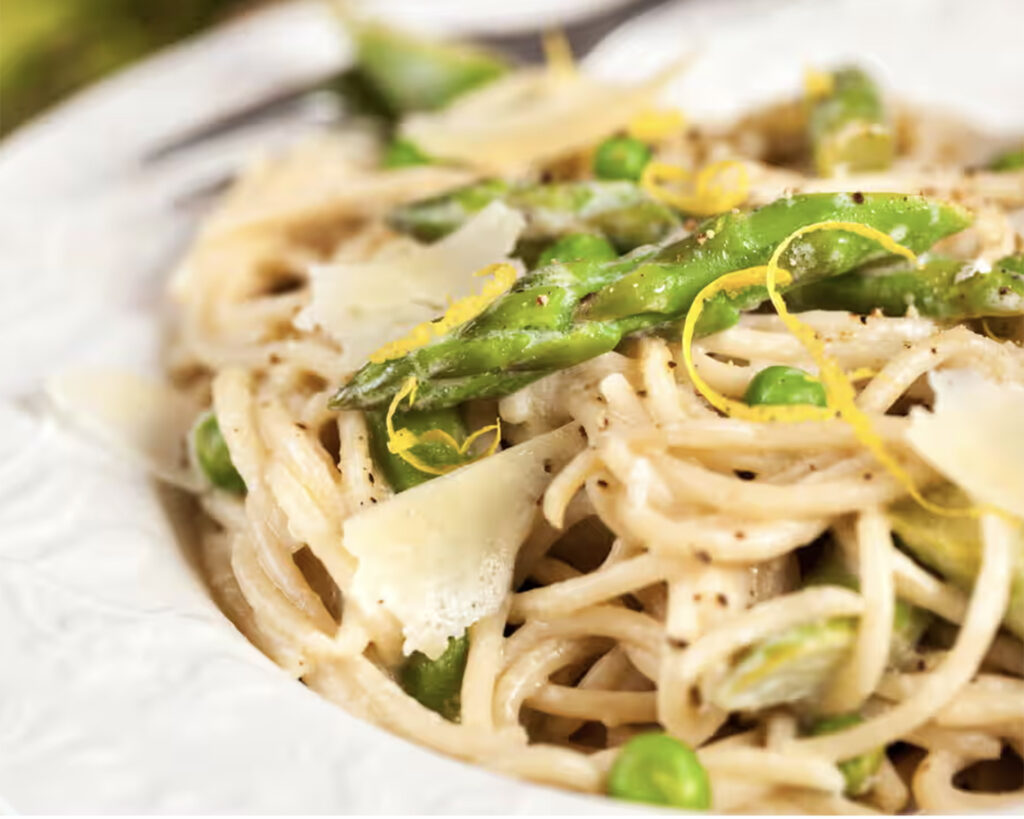
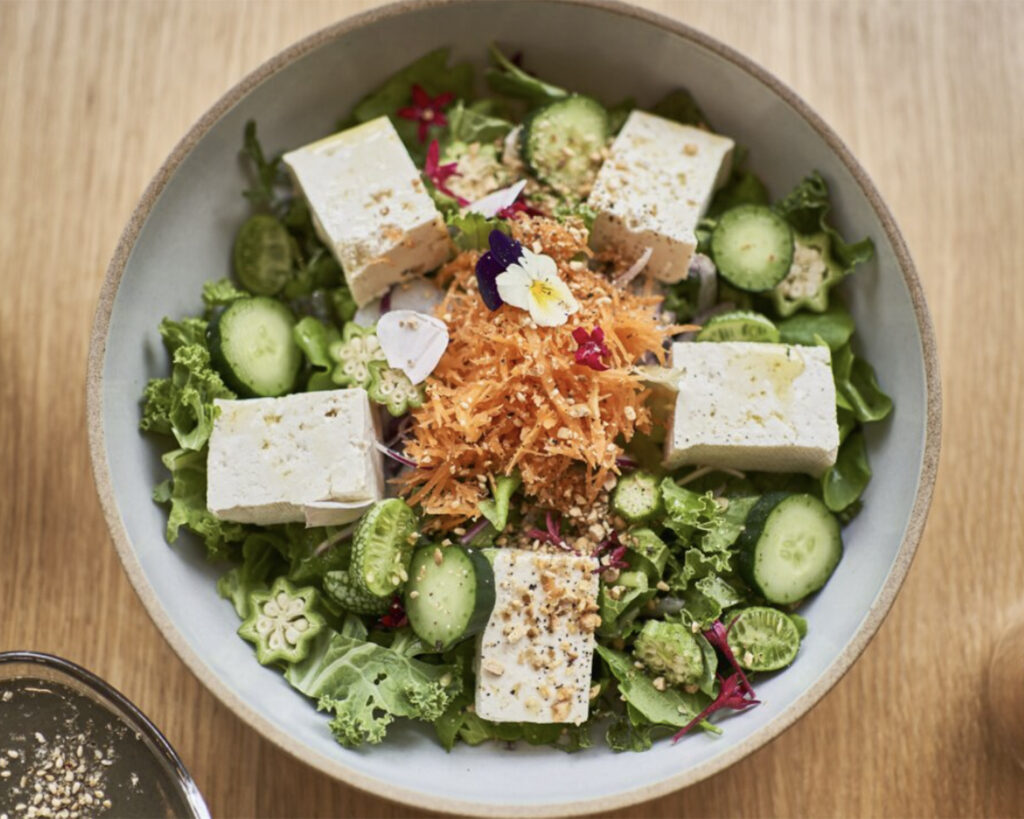
Meal ideas and recipes
How to get started? The University of Copenhagen suggests enhancing vegetables with small amounts of sea-based sources like seaweed, shrimp paste, mussels, and mackerel to add umami flavor. Many essential nutrients come from seafood only, including vitamin B12. Some people know fish sauce from Asian cuisines, and also Europe once had a tradition, especially in Greek and Roman dishes. A basic recipe would consist of one part fish sauce, two parts honey, and two parts citrus juice. Look to the Flexitarian Cookbook for Beginners 2024: Quick and Easy Recipes for Plant-Based Meals!
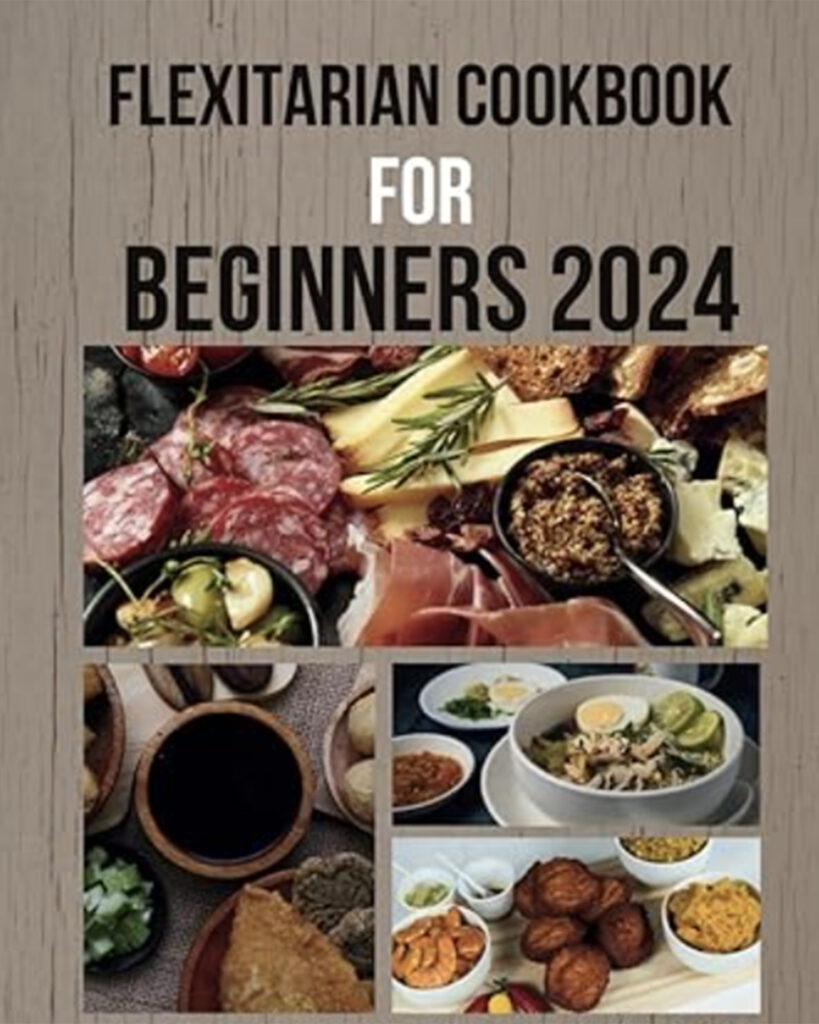
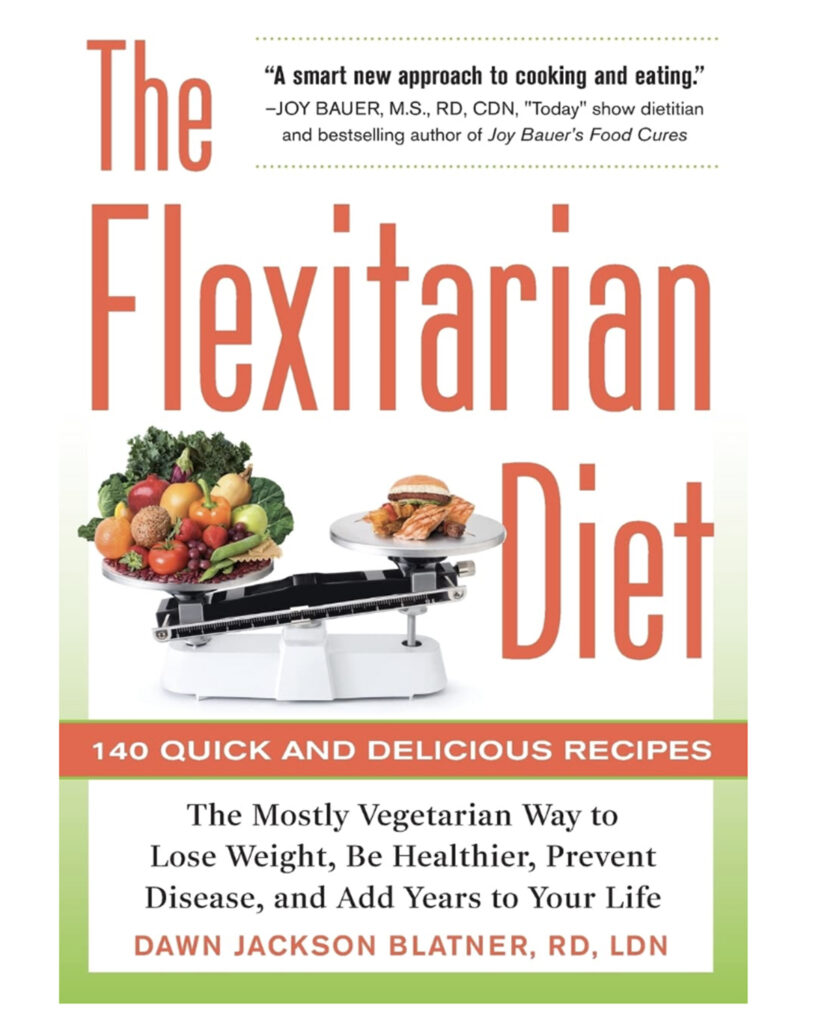
According to Symrise’s 2024 Trends Report, flexitarians are eating more vegan food and adding pescetarianism to their diets. Symrise supports consumers in these healthy eating plans with their taste solutions for plant proteins. This includes watching additions like tempeh, cashew cheese, puffed rice, and legumes. Let us know what flexitarian aspects excite you to embrace new eating habits ahead!




